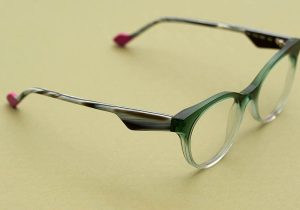Time to take care for your sight

With 20/20 being a well-known term often attributed to perfect vision, if there was ever a year to remind Australians to care for their eyes, it’s 2020.
Almost half of Australia’s population suffers from vision or eye-related health issues with evidence highlighting that 90 per cent of these issues are preventable or avoidable if detected early enough. Vision problems and eye disease can occur at any age. Regular comprehensive eye examinations enable us to monitor and address changes at every stage of life.
Children: 80% of a child’s learning in school is through their vision. Good eyesight and eye coordination are important to help children reach developmental and educational milestones. That’s why regular eye examinations should commence before young ones start primary school.
Teens: Children’s eyes continue to develop until their late teens and early 20’s, and sometimes large changes in vision can occur within a short space of time. Visual demands are varied and high with long hours of study, device use, sport and other pursuits, so regular monitoring will identify any challenges.
Over 20s: Potential vision issues are likely to be related to eye strain from prolonged device use or eye injuries at work. We continue to monitor eye health, as well as prescribe work and lifestyle eyewear options where appropriate.
Over 40s: At this point, age related vision changes occur, the most common being difficulty viewing things clearly when they are up close, reduced night vision and dry eye complaints. Regular eye health checks are important for early detection of sight-threatening eye conditions.
Over 60s: The risk of age-related eye health conditions increases significantly. Macular degeneration, glaucoma and diabetic retinopathy are the most common conditions that can cause permanent vision loss, so early detection is critical for maintaining sight. Vision correction will be important for day to day activities, including safe driving.







